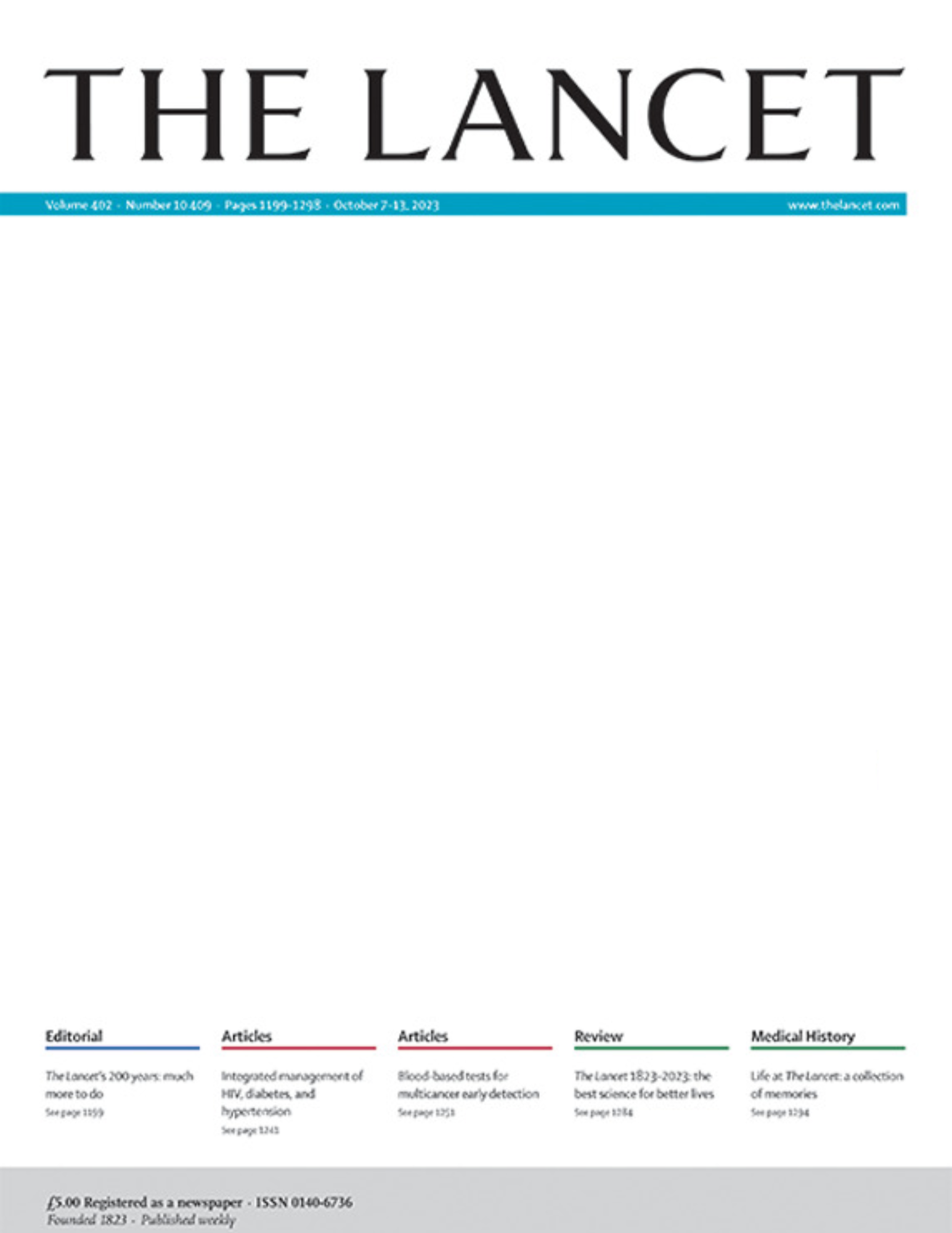
Cognitive Functional Therapy for Chronic, Disabling Low Back Pain: The RESTORE Trial

Cognitive Functional Therapy for Chronic, Disabling Low Back Pain: The RESTORE Trial
Cognitive functional therapy with or without movement sensor biofeedback versus usual care for chronic, disabling low back pain (RESTORE): a randomised, controlled, three-arm, parallel group, phase 3, clinical trial.
Lancet. 2023 Jun 3;401(10391): 1866-1877.Did you know you're eligible to earn 0.5 CME credits for reading this report? Click Here
Synopsis
492 patients with chronic, disabling low back pain were randomized to receive cognitive functional therapy (CFT) with the use of biofeedback sensors (n=163) or without biofeedback sensors (n=164), or usual care (n=165). The primary outcome of interest was pain-related physical activity limitation. Secondary outcomes of interest included pain outcomes, functional limitation, global improvement, pat...
To view the full content, login to your account,
or start your 30-day FREE Trial today.
FREE TRIAL
LOGIN
Forgot Password?
Explore some of our unlocked ACE Reports below!

Learn about our AI Driven
High Impact Search Feature
Our AI driven High Impact metric calculates the impact an article will have by considering both the publishing journal and the content of the article itself. Built using the latest advances in natural language processing, OE High Impact predicts an article’s future number of citations better than impact factor alone.
Continue



 LOGIN
LOGIN

Join the Conversation
Please Login or Join to leave comments.